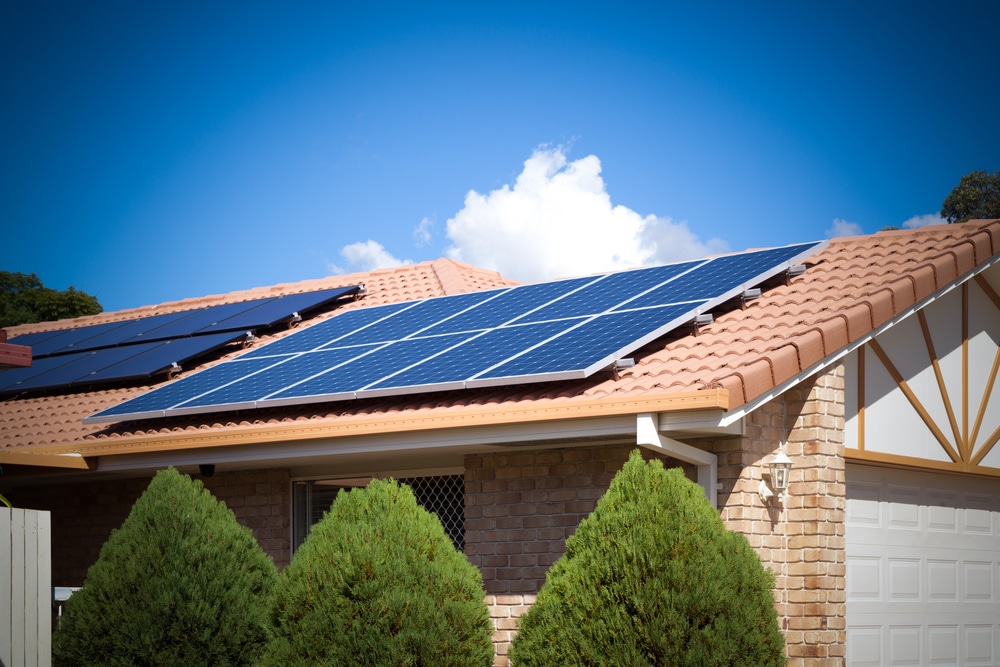The Future of Solar Energy in Australia: Trends Shaping the Industry

Welcome to our blog! As a leading solar company based in Melbourne, we’re excited to share insights into the latest trends in the solar industry that are transforming how Australians harness the power of the sun. From technological advancements to regulatory changes, here’s what’s trending in solar energy across Australia. 1. Solar Battery Storage: Empowering […]
A Guide to Seasonal Performance for Solar Energy Generation in Australia

Introduction Grasping the seasonal dynamics of solar panel performance is vital not just for enthusiasts but also for maximizing the advantages of solar energy in Australia. With its abundant sunshine and diverse climates, Australia offers a unique environment where solar power can thrive. However, effectively harnessing this valuable energy resource requires a deep understanding of […]
Solar Battery Solutions: Lowering Energy Costs in Australia

As the global shift towards sustainable energy gains momentum, Australia stands out as a leader in embracing solar power. At Sun Solar and Electricals, we are dedicated to providing innovative solar battery solutions that significantly lower energy costs for homes and businesses across the nation. In this blog, we explore the benefits of solar batteries, […]
Tesla Unveils the Powerwall 3: A Leap Toward Sustainable Energy

On August 2024, Tesla introduced the Powerwall 3, an advanced solar and battery storage system aimed at accelerating the shift to sustainable energy. This innovative solution offers homeowners comprehensive backup power, significant cost savings, and energy independence by allowing them to produce and consume their own electricity while also participating in grid services. Once installed, […]
Unlocking the Power of the Sun: Why Solar Energy is the Future

As energy costs continue to rise and environmental concerns become more pressing, many homeowners and businesses are turning to solar energy as a viable solution. Solar power not only offers a sustainable alternative to traditional energy sources but also provides a range of benefits that make it an attractive option for those looking to invest […]






